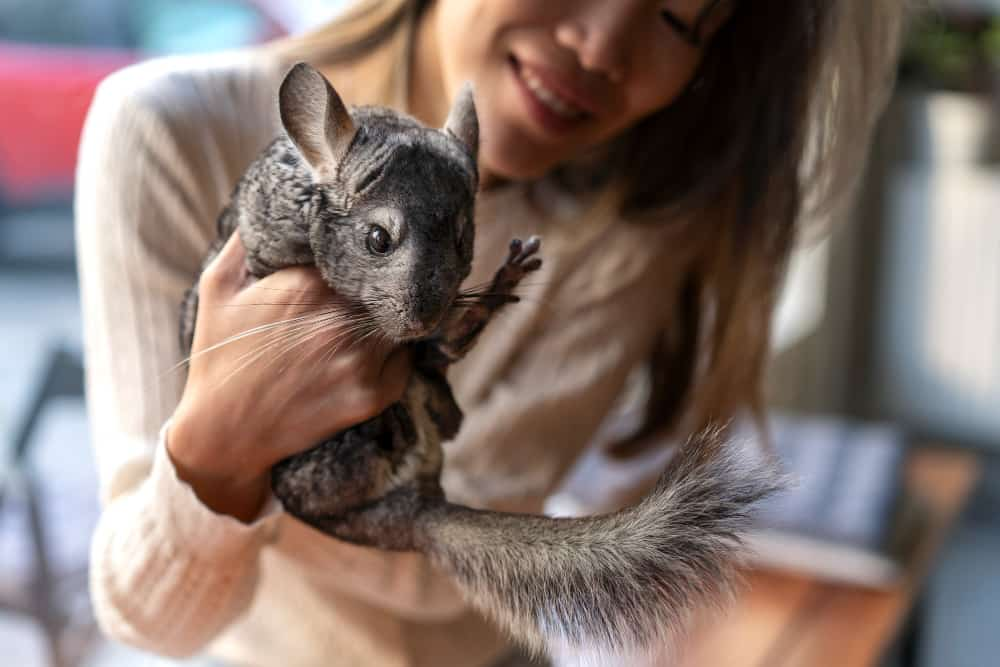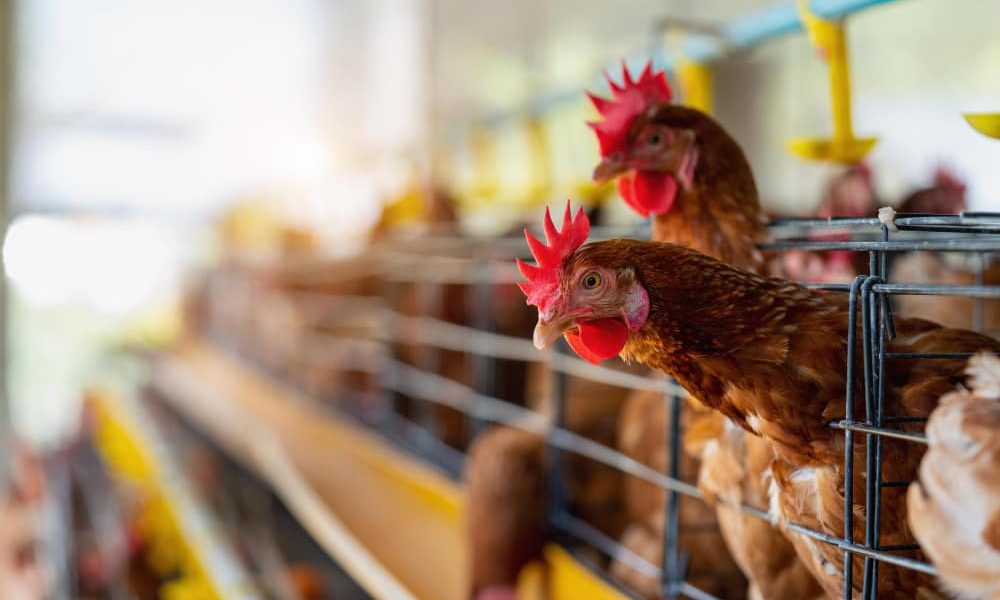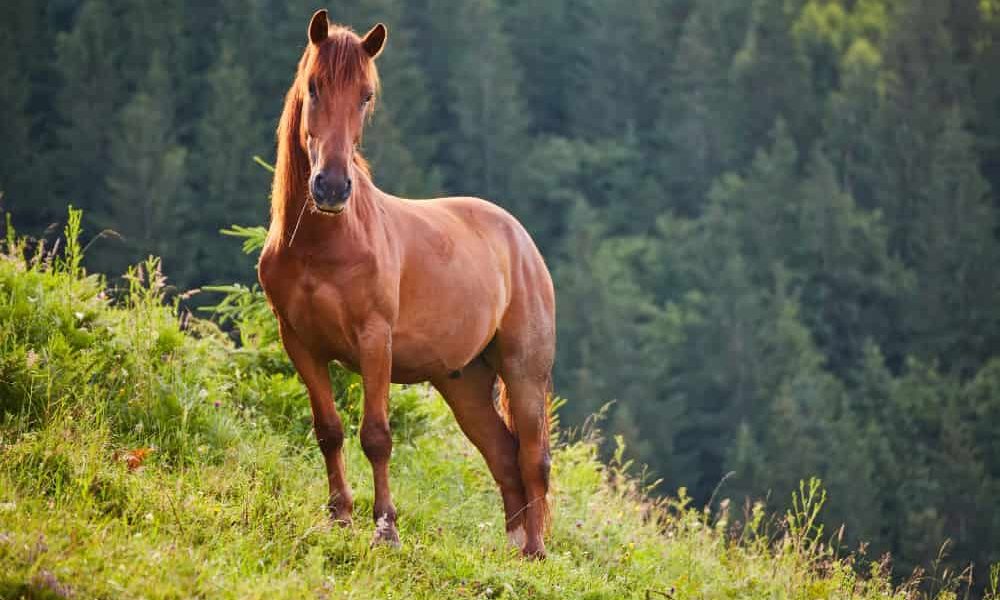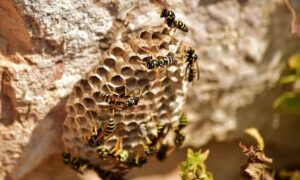
If you are thinking about these sweet little animals as pets, knowing how long a chinchilla lives will help you get to know them much better.
In recent years, chinchillas have become popular pets in many homes around the world. Their soft fur, curious eyes and playful nature They make them especially attractive to those looking for a different company than traditional pets.
However, a recurring question among potential adopters and owners is: how long does a chinchilla live? In this article, we will explore life expectancy of these charming rodents and what factors can influence their longevity.
The natural life of the chinchilla
To understand how long does a chinchilla live in its natural habitat, we must first transport ourselves to the high Andes mountains in South America. These mountainous regions are the original home of chinchillas, where they have developed their unique characteristics and adaptations to survive in a rocky and cold environment.
This environment, although it may seem inhospitable, offers chinchillas everything you need to prosper, from specific vegetation for their diet to hiding places between rocks that serve as refuge from predators.
In their natural habitat, chinchillas have a life expectancy of approximately 8-10 years. This figure might surprise some, considering the sometimes extreme conditions in which they live. However, It is important to note that they face numerous dangers in the wild.
The presence of predators, such as the puma or the Andean fox, and environmental changes caused, in part, by human impact, can drastically shorten their lifespan. Furthermore, poaching, motivated by the high value of their fur, has been a constant threat to these creatures, decreasing their numbers in the wild.
Factors that affect their longevity in nature
In the heights of the Andes, extreme weather is a constant. Temperatures can drop drastically at night and food is sometimes scarce, especially in the colder seasons.
This extreme weather and food shortage These are just two of the challenges these creatures must face in the wild. However, chinchillas have developed nocturnal habits, allowing them to forage when temperatures are more moderate and predators less active.
But despite these adaptations, predators, such as birds of prey and terrestrial carnivores, play a crucial role in determining how long does a chinchilla live in the wild. Although their fur serves as camouflage among the rocks, It is not always enough to protect them from the claws and fangs of their natural enemies.
The chinchilla as a pet
The wild may present its challenges, but in captivity, chinchillas find respite from many of the dangers they face in the wild.
When provided with proper care, including a balanced diet rich in hay, a clean and safe habitat, and regular veterinary care, it is not uncommon for chinchillas to reach and sometimes exceed 15 years of age. In fact, it is common for them to live between 12 and 20 years under this care.
This longevity, combined with his inquisitive and loving nature, makes the chinchilla one of the pets with the longest lifespan within the group of small rodents. And although they require care and a long-term commitment, those who choose to keep a chinchilla for company find the bond formed deeply rewarding.
Tips to ensure a long and healthy life
If you are wondering how long does a chinchilla live Whether you are considering adopting one or are already a proud owner, there are several considerations to take into account to ensure its health and well-being. First of all, a chinchilla’s diet is essential.
These animals require a diet rich in fiber, especially hay, and low in fats and sugars. Avoid giving them food rich in calories or treats regularly. Additionally, constant access to fresh water is vital.
Another consideration is the environment. Chinchillas need ample space to move, jump and play. Although they are small, they are active animals that require exercise and stimulation. Providing them with toys, platforms and tunnels can make a big difference in their mental and physical well-being.
Additionally, it is essential to avoid extremely high temperatures, as these creatures are adapted to cooler climates and can suffer from heat stroke. Last but not least, a regular visit to the vet and constant observation for any changes in his behavior or appetite can be the key to pTo detect and treat problems before they become serious.
Conclusion
To consider how long does a chinchilla live it is essential to take into account both its natural habitat and the conditions of captivity.
Although in the wild they face numerous challenges that can shorten their lifespan, with proper care and affection, These creatures can accompany us for two decades, giving us years of joy and companionship.
Therefore, if you are considering adopting a chinchilla as a pet, prepare for a long-lasting and rewarding relationship.







